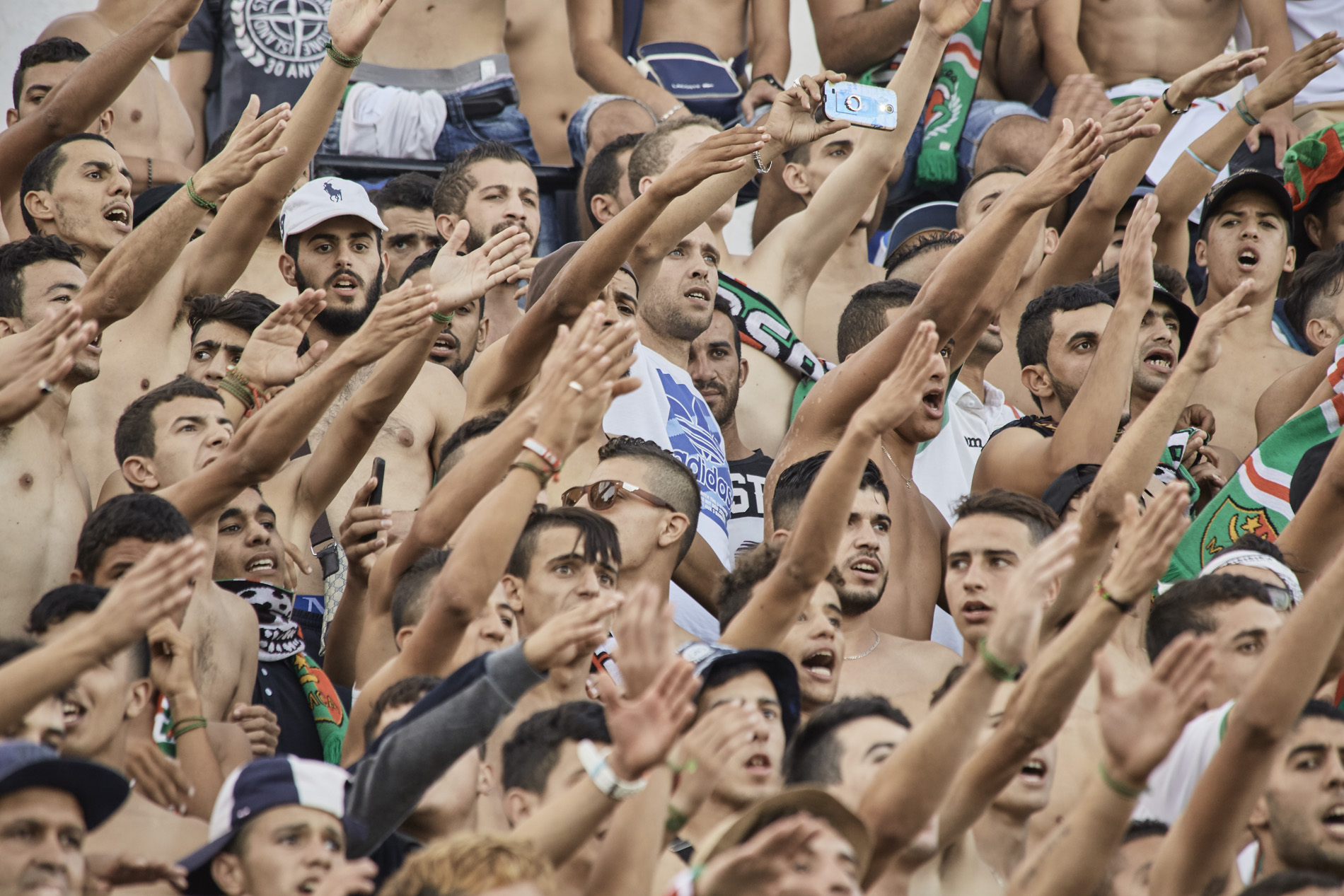“Football Fan Culture in South Korea: A Passion Ignited
Related Articles Football Fan Culture in South Korea: A Passion Ignited
Football Fan Culture in South Korea: A Passion Ignited

South Korea, a nation renowned for its technological prowess, vibrant pop culture, and rich history, also boasts a burgeoning football culture that is rapidly gaining momentum. While baseball has traditionally held the top spot as the country’s most popular sport, football, or soccer as it’s commonly known, is steadily rising in prominence, fueled by passionate fans, dedicated clubs, and a growing national pride in the sport.
The Rise of the K League
The foundation of South Korean football fan culture lies in the K League, the country’s professional football league. Established in 1983, the K League has grown from a modest beginning to a competitive and entertaining league that attracts a growing number of supporters. The league is divided into two divisions: the K League 1, the top tier, and the K League 2, the second tier.
The K League has played a crucial role in developing and nurturing local talent, providing a platform for South Korean players to hone their skills and compete at a professional level. This has not only raised the overall quality of the league but has also fostered a sense of national identity and pride among fans, who passionately support their local clubs.
The Passionate Supporters: A Sea of Colors and Chants
The heart and soul of South Korean football fan culture are the supporters themselves. Known for their unwavering loyalty, passionate displays, and creative expressions of support, K League fans create an electric atmosphere at stadiums across the country.
One of the most striking aspects of K League fan culture is the vibrant display of team colors. Each club has its own distinct colors, which are proudly worn by fans in the form of jerseys, scarves, hats, and even face paint. The stadiums transform into a sea of colors, creating a visually stunning spectacle that adds to the excitement of the matches.
Chanting is another integral part of K League fan culture. Fans sing a variety of chants, ranging from traditional folk songs to original compositions, all designed to motivate their team and intimidate the opposition. The chants are often accompanied by synchronized clapping, drumming, and the waving of flags and banners, creating a cacophony of sound that reverberates throughout the stadium.
The Ultras: The Vanguard of Support
At the forefront of K League fan culture are the ultras, the most dedicated and passionate supporters of each club. The ultras are known for their unwavering loyalty, creative displays of support, and active involvement in promoting their club and its values.
Ultras often organize pre-match gatherings, where fans can socialize, share their passion for the team, and prepare for the upcoming match. They also play a key role in creating and distributing banners, flags, and other visual displays that add to the atmosphere at the stadium.
While the ultras are known for their passionate support, they are also committed to maintaining a positive and respectful environment at matches. They actively discourage violence, racism, and other forms of inappropriate behavior, and they work closely with clubs and authorities to ensure the safety and security of all fans.
Beyond the Stadium: Community and Engagement
South Korean football fan culture extends beyond the confines of the stadium. K League clubs and their supporters are actively involved in their local communities, participating in charitable events, youth development programs, and other initiatives that benefit the wider community.
Many K League clubs have established fan clubs, which provide opportunities for fans to connect with each other, share their passion for the team, and participate in club-related activities. Fan clubs often organize events such as viewing parties, away-game trips, and meet-and-greets with players, providing fans with a deeper connection to their club.

The K League itself is also committed to engaging with fans through social media, online forums, and other digital platforms. The league provides fans with up-to-date information about matches, players, and clubs, and it also encourages fans to share their thoughts and opinions on the league and its teams.
Challenges and Opportunities
Despite its growing popularity, South Korean football fan culture faces several challenges. One of the biggest challenges is competition from other sports, particularly baseball, which remains the country’s most popular sport.
Another challenge is the perception that football is a violent or hooliganistic sport. While incidents of violence are rare in the K League, they do occur occasionally, and they can damage the image of the sport and deter potential fans.
However, South Korean football fan culture also has many opportunities for growth. The country’s successful hosting of the 2002 FIFA World Cup, co-hosted with Japan, helped to raise the profile of football and inspire a new generation of fans.
The K League is also making efforts to attract more fans by improving the quality of the league, enhancing the matchday experience, and promoting the sport through marketing and media campaigns.
The Future of Football Fan Culture in South Korea
The future of football fan culture in South Korea looks bright. The K League is growing in popularity, the national team is performing well on the international stage, and a new generation of passionate fans is emerging.
As the sport continues to grow, it is likely that South Korean football fan culture will become even more vibrant and diverse. The ultras will continue to play a key role in shaping the culture, and new forms of support and expression will emerge.
With continued investment and development, South Korean football has the potential to become one of the leading football nations in Asia. As the sport grows, so too will the passion and dedication of its fans, ensuring that football fan culture in South Korea remains a vibrant and integral part of the country’s sporting landscape.
Key Aspects of South Korean Football Fan Culture:
- Team Loyalty: Fans exhibit unwavering support for their local K League clubs.
- Color Displays: Stadiums are filled with vibrant team colors, creating a visually stunning atmosphere.
- Chanting and Singing: Fans sing a variety of chants and songs to motivate their team and intimidate the opposition.
- Ultras Groups: Dedicated supporters who lead the fan base in displays of support and promote positive values.
- Community Engagement: Clubs and fans actively participate in local community initiatives.
- Digital Engagement: The K League and clubs use social media to connect with fans and provide information.
- Growing Popularity: Football is steadily rising in prominence, fueled by passionate fans and a growing national pride.
The Impact of Key Players:
The presence and performance of star players, both domestic and international, significantly impact fan engagement. Players like Son Heung-min, who plays for Tottenham Hotspur in the English Premier League, have become national icons, inspiring young players and attracting more fans to the sport. Their success on the international stage translates into increased interest and support for the K League and the national team.
The Influence of Social Media:
Social media platforms have revolutionized the way fans interact with their clubs and fellow supporters. Platforms like Instagram, Twitter, and Facebook are used to share match highlights, player interviews, fan opinions, and behind-the-scenes content. This digital engagement helps to create a sense of community and allows fans to stay connected with their teams regardless of their location.
Comparison with Other Football Cultures:
While South Korean football fan culture shares some similarities with other football cultures around the world, it also has its own unique characteristics. Compared to European football cultures, which are often characterized by intense rivalries and sometimes violent behavior, South Korean fan culture is generally more family-friendly and focused on positive support. However, the passion and dedication of South Korean fans are just as strong as those found in other football-loving nations.
Challenges and Future Prospects:
Despite its growing popularity, South Korean football fan culture faces several challenges. One of the main challenges is competition from other sports, particularly baseball, which remains the country’s most popular sport. Another challenge is the relatively low attendance rates at K League matches compared to other professional leagues around the world.
To address these challenges, the K League and its clubs are working to improve the matchday experience, attract more families and young people to the stadiums, and promote the sport through marketing and media campaigns. They are also investing in youth development programs to nurture the next generation of talented players and fans.
Looking ahead, the future of football fan culture in South Korea looks bright. With continued investment and development, the K League has the potential to become one of the leading football leagues in Asia, and South Korean football fans will continue to play a vital role in shaping the sport’s growth and success.
In conclusion, football fan culture in South Korea is a vibrant and evolving phenomenon. Fueled by passionate supporters, dedicated clubs, and a growing national pride in the sport, it is a force to be reckoned with. As the K League continues to grow and the national team achieves greater success, South Korean football fan culture is poised to reach new heights, captivating audiences and inspiring a new generation of fans.

